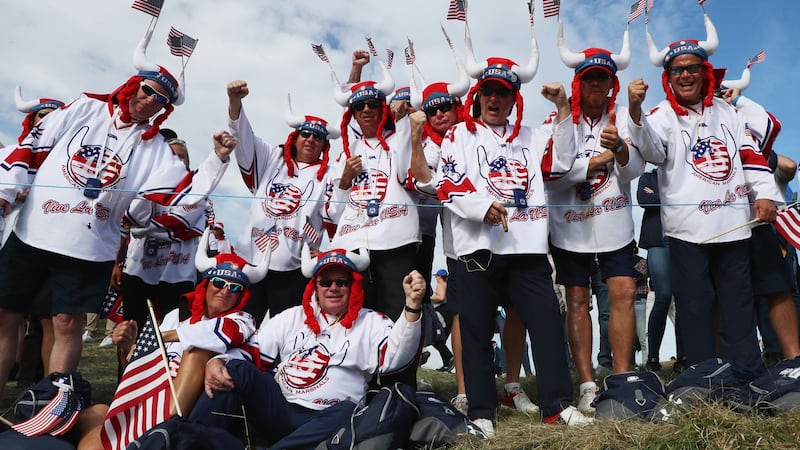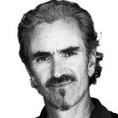So you have either qualified or been specially chosen for the team to play in the biggest golf jamboree in the game. What happens next; you have to get your team head on.
This year the Ryder Cup is in a slot that allows the 24 players a much more relaxed transition from tour play to team play. All players (except Jon Rahm who is playing in the Fortinet Championship) will have had at least one week off and most of them two weeks away from competitive golf before the show begins.
Mental fatigue should not be such an influencing factor come tee-off time. Normally, players are catapulted into the Ryder Cup frenzy after an already intense stint on tour. There really will be fresh men in Sheboygan alongside the Freshmen. The US has six debutantes against Europe’s three.
Most top players will be very used to a team environment on a weekly basis on tour. For those who enjoy having a mini-entourage around them their standard week on the road will be very much a home from home experience with very few surprises. An atmosphere is created and replicated to enable the main man to perform to his maximum capability.
Brooks Koepka, in his third appearance for team USA, has already alluded to the inconvenience of the compromise demanded of team members. His whole tournament routine, like everyone else's, has to be abandoned next week in order to blend in with team duties.
His chillingly honest opinion does not bode well for maximised performance. To counter the altruistic argument, Koepka's theory appears to be let him do his thing and he has a much better chance of delivering for the team in his own individualistic way. Whether this is something that captain Steve Stricker will embrace remains to be seen.
Typically a top golfer will have his swing coach, maybe a short game or putting coach, a physio, a manager, his caddie, his partner and family members with him. There will be an inner and outer circle in this cabal. The inner will probably stay in the same house with the main man and the outer piercing this inner sanctum at various stages of the week.

It is a well-worn drill that the player will ultimately control and is very much in control of his own movements, and if the truth be known probably the movements of his entourage. The set-up is about control, familiarity, consistency and ultimately about creating the off-course environment that makes the boss perform like a machine.
I am not saying that every player that turns up in Whistling Straits is in the privileged position to support such an extensive and expensive posse on a regular basis but the fact is there is a standard atmosphere created off course for these players to maximize potential on course.
With the Ryder Cup you have been selected for a very different team in which you are a mere cog, less than nine per cent of the total sum, one fish in a pond of prize carp, an only child who has had its perfect life disrupted because a set of newly born twins has arrived in its life to create a whole unknown world of compromise.
Thus the adaption begins and evolves quickly while the whole world is watching in the most intense form of competition that you can possibly face as a professional. It is like trying to win a tournament every time you tee the ball up not just for you, but for the team.
The man charged with binding the European group into a team has himself been adapting to the role of man motivator and mingler over the past few years. There is probably a mix of a natural decline in Pádraig Harrington’s own personal professional performance and the visible alteration of his way of interacting on tour in recent times. His intensity as a performer was almost repelling when he was a constant serious contender, there was a very clear demarcation of ‘my competitive space, do not enter’.
There is so much more warmth and geniality exuding from Pádraig Harrington the Ryder Cup captain. If Pádraig of old looked like a man in a cocoon of concentration on his way to winning a golf tournament the new Pádraig is looking like the man who is going to facilitate whatever it is that it is going to take for his team to win. This osmosis had been palpable since he embraced the role of captain.
As a fierce competitor Pádraig was able to harness his innate drive for success to meld into the common team purpose of beating team USA. For the Europeans, who play most of their golf in the States it could be argued that the common goal of simply beating the Americans is the only motivation required.
With political Europe still in its infancy as a homogenous group, it is still unclear as to what an Austrian and an Irishman for example, really have in common. But when your opposition is team USA, there is no need to explain common purpose.
The analysis is old as to why Team Europe has punched above its world rankings weight in so many previous encounters; whether it is the less predicable nature of 18 holes of match play which doesn’t favour the higher ranked player as much as it does in 72 holes of stroke play or the putative sense of identity of the Europeans or the fact that the Europeans are just better craic. The fact is they do seem to have mastered the art of team synergy.
Given the restrictions for entry into the United States due to Covid, I am not sure how big the European entourages will be. The Americans will have full access to their usual support teams. In terms of the '13th man' Europe will be at a decided disadvantage this year as no fans can travel from Europe. The omnipotent Stars and Stripes and hysterical hooting and hollering didn't seem to deter Europe's women a few weeks ago in Ohio. Let hope our menfolk use the sea of Old Glories and the cult-like chanting as a motivator to win in Wisconsin.
So you have made the team, now its up to the captains to decide if they are going to spell team with some I’s in order to accumulate the individual points they need to win the Ryder Cup.















